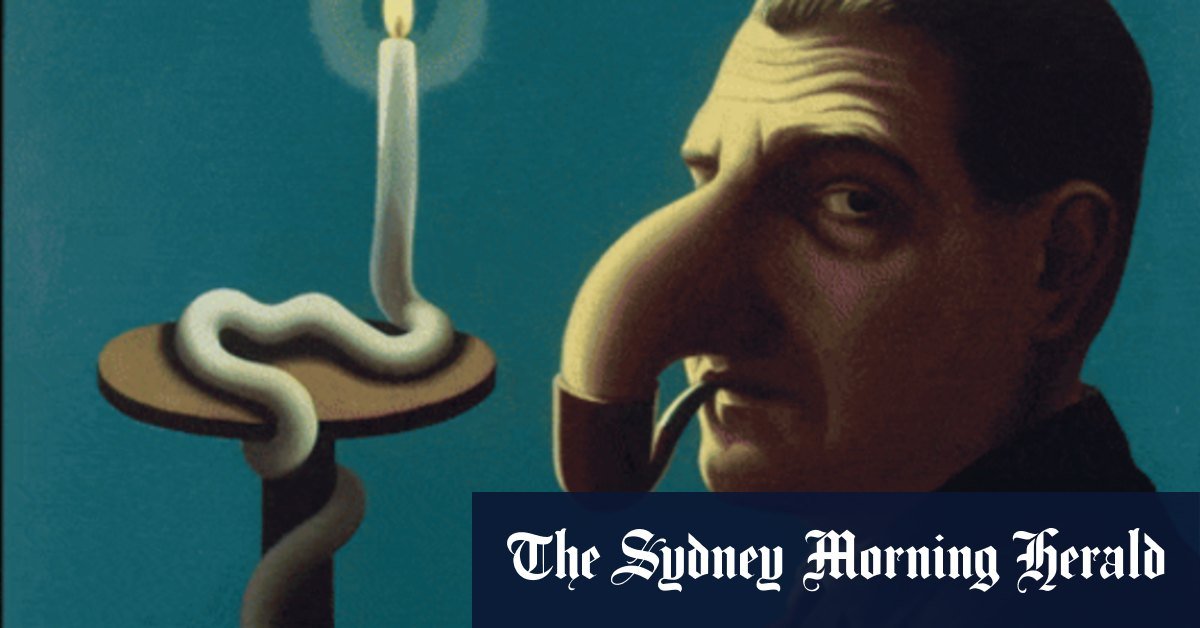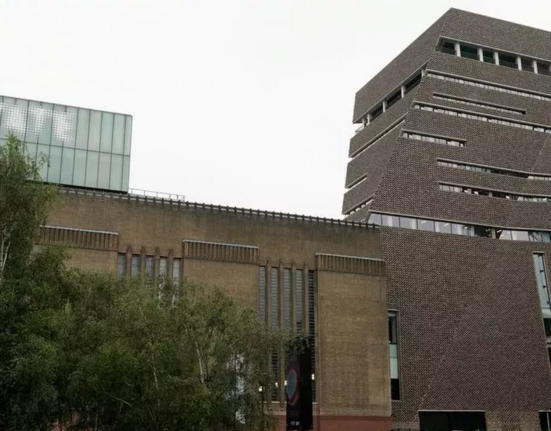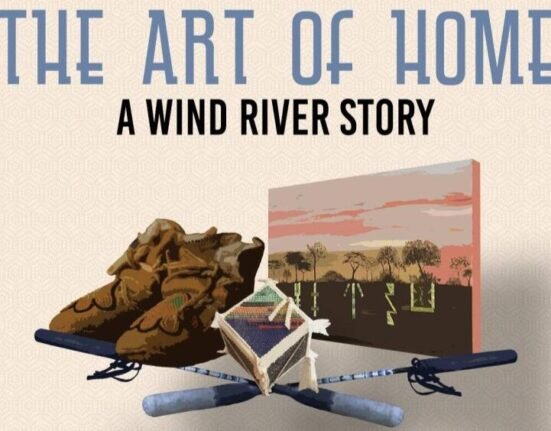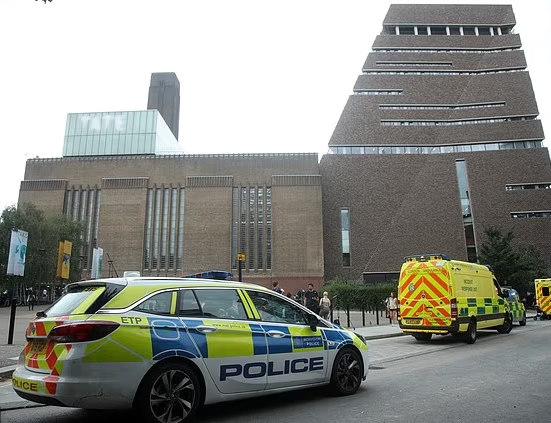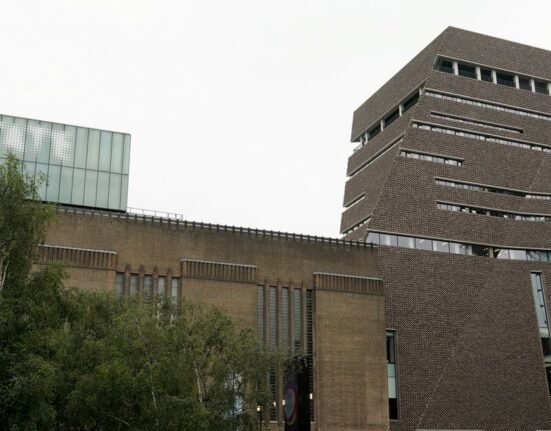As a leading proponent of surrealism, the freewheeling artistic movement founded in the 1920s out of disillusionment with war, Magritte is one of the few artists of 20th-century surrealism to infiltrate popular culture.
Beyoncé referenced Magritte’s The Lovers in her music video for Mine, and Magritte’s works have appeared in episodes of The Simpsons.
Paul McCartney was an early admirer and purchased two Magrittes in 1966, a year before the artist’s death from pancreatic cancer. The artist’s green apple was said to have famously inspired The Beatles’ Apple logo.
“Even viewers that may not feel terribly familiar with his art, I imagine many will experience a strange sense of déjà vu walking into this exhibition, recognising echoes of his images in contemporary popular culture,” Chambers said.
The idea for a Magritte retrospective was first conceived six years ago, according to gallery director Michael Brand, with instrumental input from deputy director Maud Page.
Magritte highlights the uniqueness of his artistic vision, his subversive sense of humour, a capacity for reinvention, and forays into film.
The survey is organised into six chapters of Magritte’s career from his formative period in the 1920s, including his first exhibition, to his death in 1967, age 68.
Loading
The city of Brussels was central to his art, serving as a base for all but three years of his practice. Before the wars and in between, Paris was a hotbed of creativity with Pablo Picasso, Salvador Dalí and the founder of surrealism’s manifesto, Andre Breton, holding court.
But by 1948, Magritte was on the outer of the surrealist movement and exhibited a provocative series of crudely painted works, referred to as sunlit surrealism, which caused outrage. He doubled back on his symbolic works and found popularity with American audiences. The Menil Collection in Houston is a source of 30 works, as well as other museums and private collectors.
“We have put together a retrospective that will take visitors on a journey from the very first works that he made after finishing art school in the 1920s where viewers will be confronted by pictures they would not associate with Magritte,” Chambers said.
“After first studying the traditional subjects and techniques of European painting, he searched for new, modern ways to paint and began exploring cubism, futurism and other avant-garde movements that were around at the time.
“Picasso and the other leading cubists are producing their most bold and experimental works but Magritte’s experiencing this through reproduction. Brussels is not Paris at this moment. Brussels is a much more conservative art world.
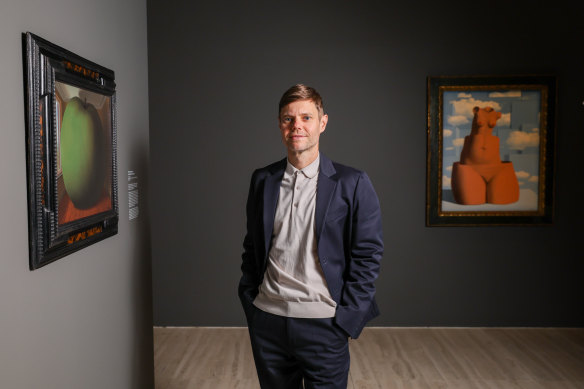
Curator Nicholas Chambers invites audiences to give over to the strange mysteries of Magritte’s compositions. Credit: Edwina Pickles
“Then he comes across a reproduction of Giorgio’s Di Chirico’s The Song of Love, a forerunner of surrealism, and this was just an utter revelation, one that apparently brought him to tears.”
For a time engaged in the advertising industry, Magritte became preoccupied with the power of image.
The late artist differs from the likes of other modernists in that he saw art movements as being overly concerned with the formal questions of composing and constructing a painting, Chambers said. He felt that the real challenge lay in questions of what to paint.
Find out the next TV, streaming series and movies to add to your must-sees. Get The Watchlist delivered every Thursday.

